A Quick Guide to Creating a Memorable and Successful Logo Design
There are lots of ways in which logos are designed: logos can be crowdsourced, companies may pay millions for a logo, or an average designer can be asked to create a logo at reasonable rates. And there is no way to judge what a logo design is really worth. An unknown logo designer can stumble upon a winning image accidentally, or the world greatest logo designer can end up designing a lousy logo.
How can you design an outstanding logo? Are there any secrets? We don’t know any secrets, but there are steps and methods that can help you make your creative juices flow in the right direction. Here is a quick guide (that can also function as a checklist) to designing delicious logos. Dig in.
Step 1: Play the Mind Game

Image Source: Shutterstock
This is what the most pricey designers beat all the uninitiated and inexperienced designers. The perfect logo is related to all the ideas that drive the company and the emotions that impact its clients, customers and partners. The first thing you need to do is:
- Market research – understand what moves the audience of the logo
- Client Brief – ask the client for a brief about how the company sees itself
- Existing Image – get a clear understanding of what the company’s brand
- Future – is the company trying to reposition its brand? If yes, you need a logo that suggest the company’s changing priorities
Step 2: Getting Image Ideas

Image Source: Shutterstock
The first step will plant seeds of ideas in your mind, but you will have to find a way to represent the ideas visually. So, now you need to:
- Sketch – start doodling and see if you can come up with something
- Jump out of the box – this is the stage where you can experiment; unleash your madness and let images roll
- Name – take a close look at the company name: find out if it can it be tweaked to become a cool logo
- Online inspiration – check online and take a look at some of the best logos
- Don’t imitate – it is easy to pick one element from one logo and one from other, but resist it
- Crete Vectors – play around with the ideas on the PC, get some rough designs
Step 3: Work on the Details
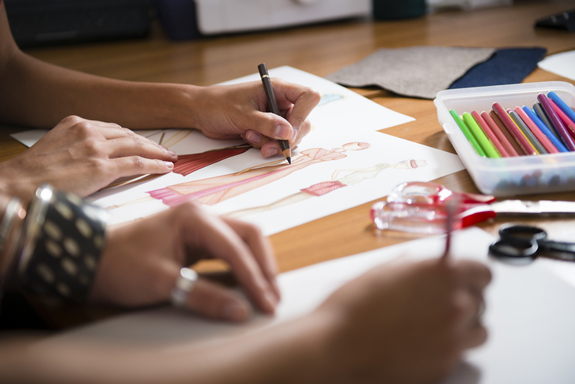
Image Source: Shutterstock
By this stage, you will have a few rough images and ideas. Now it is time to consolidate the work you have done and get a refined result.
- Typeface – Select a typeface that gels well with client’s business or product; you could also rework the existing typeface
- Colors – Every color has its tone and emotion, play around with different colors and select one
- Consider usage scenarios – the logo may be used in print, it will have to work as the icon the tab, it may be on a hoarding; so, create an image that is attractive at every size.
- Variations – In case the same logo cannot work at all sizes on all mediums, you need to create variants that do
- Respect Negative Space – try and use the space around the logo effectively: it is mandatory to keep some space free to highlight the central message of the image
- Tag line – a tag line may accompany the logo; leave space where words can complement the image
Step 4: Seek Reviews & Finalize the Logo Design

Image Source: Shutterstock
Even the best designers can get the logo design wrong in the first try. You may think that you have created an amazing design, but it may have fatal flaws. So, once you have a few designs, it is time to ask your colleagues for their opinion.
- Angles – take a look at the logo from different angles to ensure that turning the page doesn’t turn the image into something ridiculous
- Consider objections – if someone finds a fault with the design or any element, give it due consideration
- Sleep on it – you will get a dozen different views; sleep on it and decide what you really need to change
- Stick to your guns – if you are 100% sure about the design, don’t let what others think influence you
Once the final version is ready, send it to the client and don’t ask him whether he likes it. Most clients are not aware of the logo designing process and it is not possible for most to give you a clear opinion. Asking whether the logo meets the brief or not would be more fruitful. If you can create a short description of the logo and clearly explain how the what it represents, you will be able to get good responses from the clients.
Related Resources:

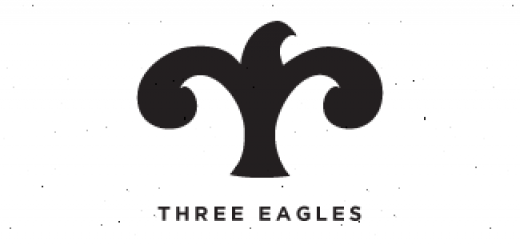
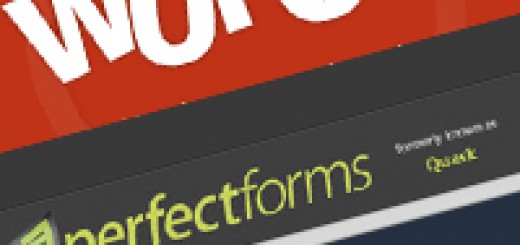
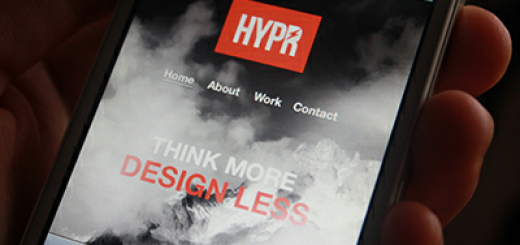

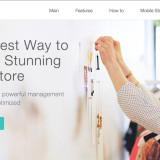

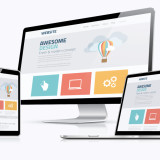

Thanks for the tips